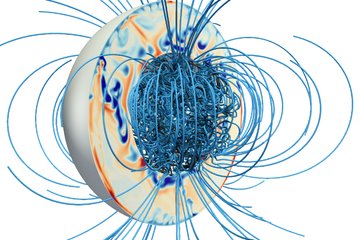All genres
461.
Report
Artificial ozone layer. Max-Planck-Institut für Aeronomie, Katlenburg-Lindau, Germany (1995)
462.
Report
A photochemical model of the atmosphere. Max-Planck-Institut für Aeronomie, Katlenburg-Lindau, Germany (1995)
463.
Report
The chirp transform spectrometer. Max-Planck-Institut für Aeronomie, Katlenburg-Lindau, Germany (1989)
464.
Report
The use of Chirp-transform-spectrometers for real time Fouriertransform of stochastic signals. Max-Planck-Institut für Aeronomie, Katlenburg-Lindau, Germany (1989)
465.
Report
Bestimmung des Wasserdampf- und Ozongehaltes der Stratosphäre und Mesosphäre aus radiometrischen Messungen. Max-Planck-Institut für Aeronomie, Katlenburg-Lindau, Germany (1989)
466.
Report
Low cost system used for process control and data acquisition for a millimeter-wave radiometer-spectrometer. Max-Planck-Institut für Aeronomie, Katlenburg-Lindau, Germany (1988)
467.
Report
Aircraft Millimeter Wave Atmospheric Sounder (A-MAS): Testflug im September 1987. Max-Planck-Institut für Aeronomie, Katlenburg-Lindau, Germany (1988)
468.
Report
Heterodyne-Spectroscopy in the Millimeter and Submillimeter Domain. Max-Planck-Institut für Aeronomie, Katlenburg-Lindau, Germany (1987)
469.
Report
Dynamik und Frequenzauflösung von SAW-Spektrometern. Max-Planck-Institut für Aeronomie, Katlenburg-Lindau, Germany (1986)











